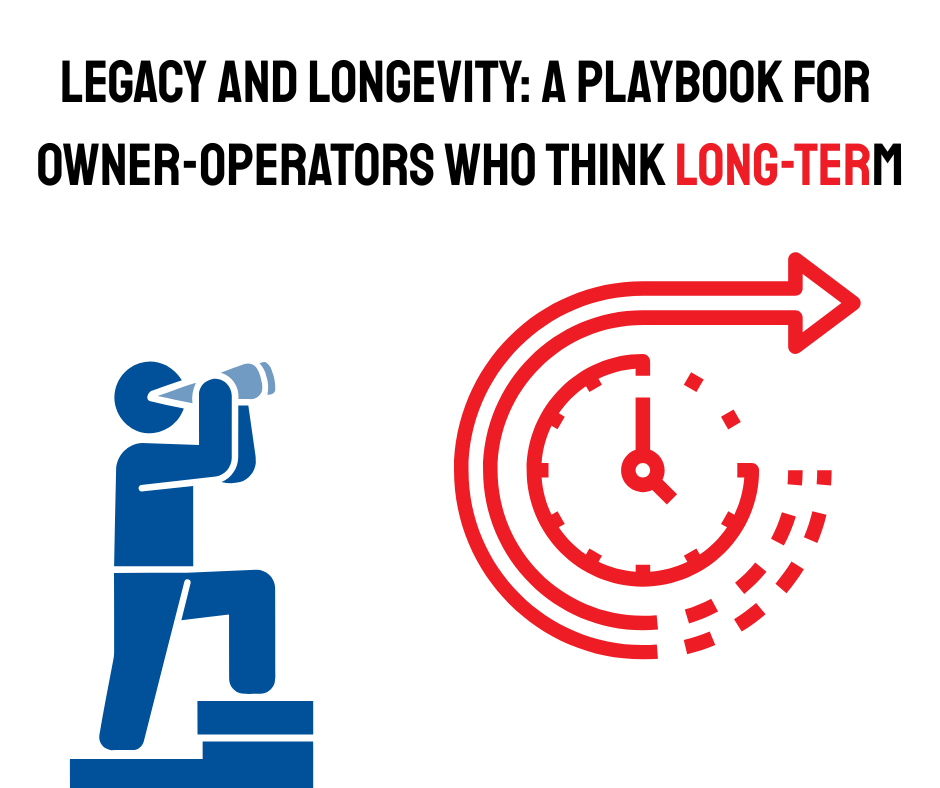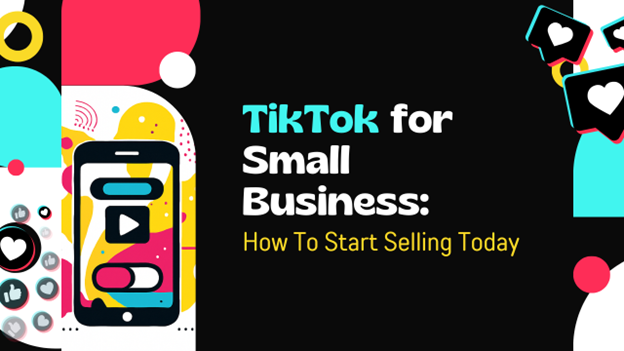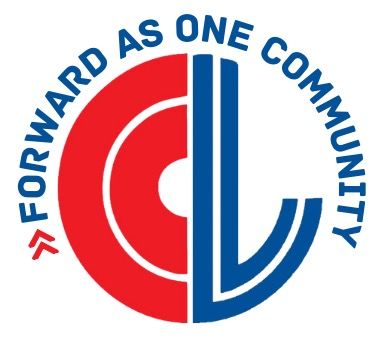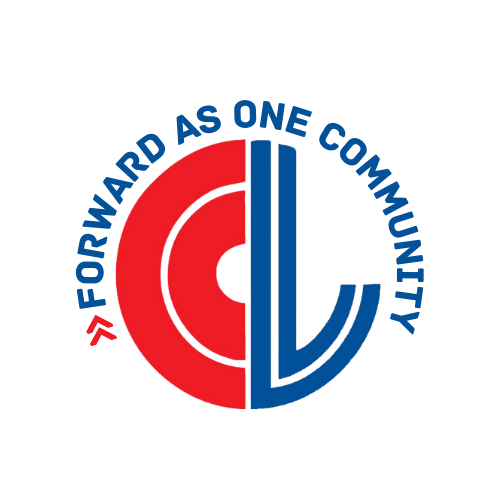Delegation Done Right: Free Yourself and Empower Your Team
- Delegation is a leadership multiplier. Done right, it empowers your team, builds future leaders, and gives you back time to focus on strategy.
- Why it matters: Leaders who master delegation grow faster. Gallup found they generate 33% more revenue than those who don’t delegate effectively.
- Delegation myths hold leaders back: It’s not about losing control or dumping tasks. It’s about creating clarity, trust, and accountability.
- The bottom line: You can’t scale by doing more. You scale by letting go—and empowering your team to step up.
You’re juggling too much—and it’s slowing you down.
615 words ~ 3 min read
Many leaders take pride in wearing all the hats. You built the business. You know how everything works. But the constant “I’ll just do it myself” mindset can quickly lead to burnout—and a team that’s disengaged, underutilized, and uninspired.
Here’s the truth: Delegation isn’t giving up control. It’s multiplying your impact. When done right, delegation empowers your team, develops future leaders, and gives you the space to focus on the work that only you can do: vision, strategy, and growth.
Why Leaders Struggle to Delegate
If you’ve ever thought:
- “No one can do this as well as I can”
- “It’s faster if I do it myself”
- “If something goes wrong, I’m the one on the hook”
You’re not alone. These beliefs are common—but they limit your potential and the potential of your people.
A Gallup study found that leaders who delegate effectively generate 33% more revenue than those who don’t. (Gallup) Delegation isn’t just a time-saver; it’s a growth strategy.
The #1 Leadership Mistake: Doing It All Yourself
When leaders hoard decision-making and execution, they:
- Become the bottleneck
- Burn out
- Create a team culture of dependence instead of ownership
Delegation flips the script. It encourages autonomy, accountability, and initiative—three things every high-performing team needs.
As Harvard Business Review puts it:
"Delegation is not a zero-sum game where one person’s gain is another’s loss. It’s a win-win when approached with clarity and purpose.” (HBR)
Common Delegation Myths—And the Truth Behind Them
- Myth: “I’ll lose control.”
Truth: Clear expectations and regular check-ins keep you informed without micromanaging. - Myth: “Delegation is dumping.”
Truth: Delegation is a leadership skill that builds trust and empowers others to grow. - Myth: “I don’t have time to train someone.”
Truth: Time invested in training upfront pays dividends in productivity and independence later.
The Delegation Playbook: 3 Simple Steps
Step 1: Clarify the Why
Don’t just assign tasks. Provide context. Explain why the task matters and how it ties into bigger goals. People are more engaged when they understand the purpose behind the work.
Step 2: Match Tasks to Strengths (and Stretch Them)
Delegate based on individual skills—but also look for opportunities to develop new ones. Aligning tasks with someone’s career goals creates buy-in and drives personal growth.
Step 3: Define Success, Then Step Back
Be clear about desired outcomes, deadlines, and key metrics. But don’t dictate how the work gets done. Let people problem-solve and take ownership. Check in, but don’t hover.
Pro Tip: Use this delegation script—
“I’d like you to take the lead on [project]. Here’s what success looks like: [clear outcome]. I trust your judgment. Let’s check in at [milestone] to make sure you have what you need.”
What You Gain When You Let Go
When leaders delegate effectively, they:
- Free themselves to focus on strategy, customers, and growth.
- Empower their teams to take ownership, which builds confidence and capability.
- Avoid burnout by shifting from “doer” to “leader.”
You don’t scale by working harder—you scale by working smarter and building a team that grows alongside you.
Takeaway
Delegation isn’t a nice-to-have. It’s a critical leadership skill that drives growth—for you, your team, and your business.
- It builds trust.
- It develops leaders.
- It unlocks time and energy to focus on what matters most.
Let go of the small stuff. Step into your role as the visionary leader your team needs.
---
The Leavenworth-Lansing Area Chamber of Commerce is a private non-profit organization that aims to support the growth and development of local businesses and our regional economy. We strive to create content that not only educates but also fosters a sense of connection and collaboration among our readers. Join us as we explore topics such as economic development, networking opportunities, upcoming events, and success stories from our vibrant community. Our resources provide insights, advice, and news that are relevant to business owners, entrepreneurs, and community members alike. The Chamber has been granted license to publish this content provided by Chamber Today, a service of ChamberThink Strategies LLC.




